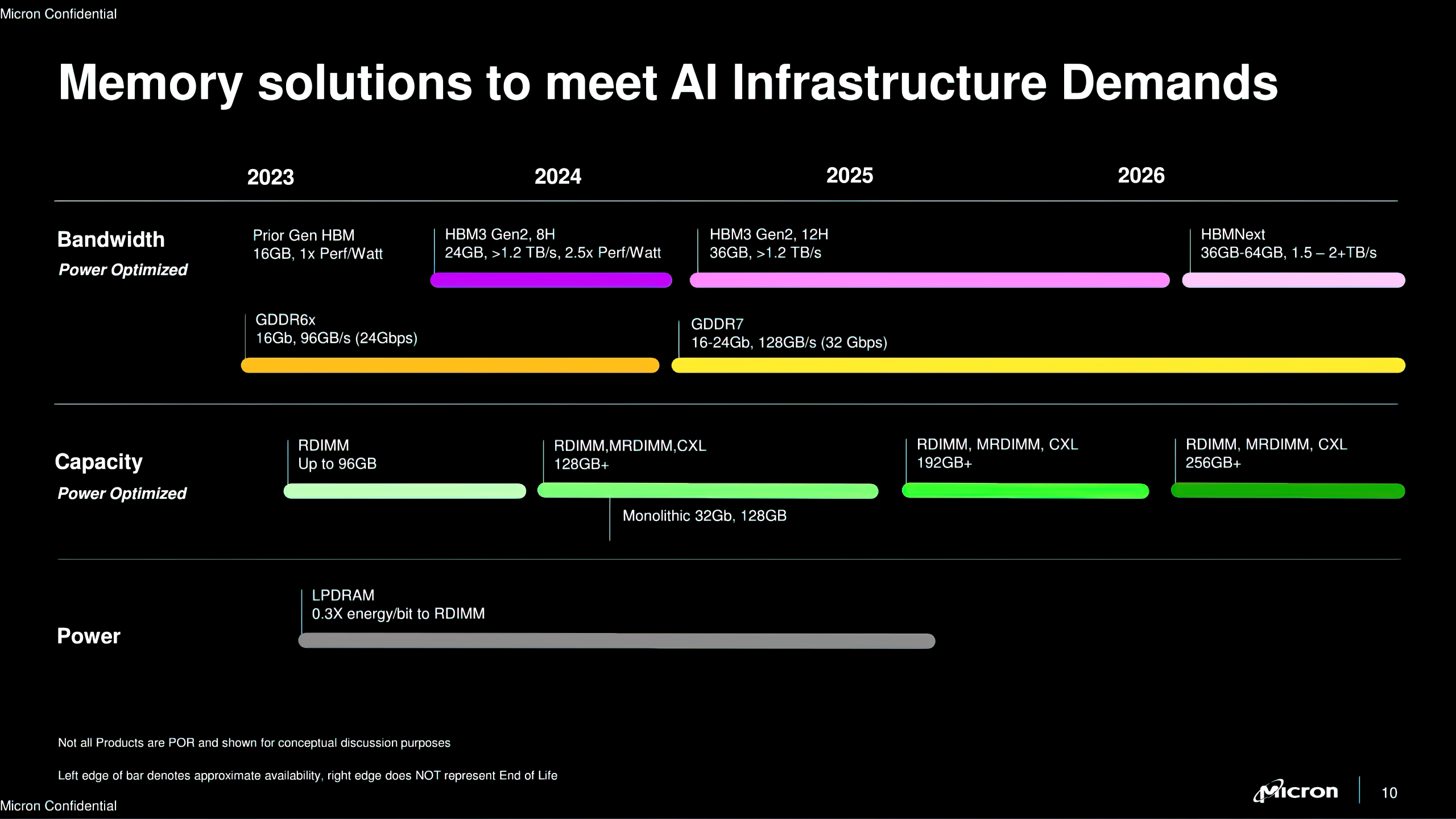## Get Ready for the Next Level: SK Hynix Unleashes HBM4, the Memory That Could Redefine Gaming
Imagine a world where games load instantly, textures pop with breathtaking clarity, and frame rates soar beyond your wildest dreams. 🤯 That’s the promise of SK Hynix’s groundbreaking HBM4 technology, the world’s first public unveiling of this next-gen memory marvel.

Forget everything you thought you knew about RAM – HBM4 packs a punch with a staggering 16-high stacks, a mind-blowing 2.0 TB/s bandwidth, and a TSMC logic die that seamlessly integrates with your graphics card. This isn’t just an upgrade, folks, it’s a paradigm shift.

TSMC Logic Die: A Strategic Advantage
Combining Memory and Logic for Enhanced Efficiency

SK Hynix’s demonstration of HBM4 technology marks a significant advancement in memory performance and efficiency. One notable aspect of this breakthrough is the integration of a TSMC-manufactured logic die alongside the DRAM memory stacks. This innovative approach combines memory and logic on a single package, eliminating the need for separate packaging technology and its associated overhead.
By minimizing the physical distance between memory and processing units, HBM4 with a logic die achieves significantly reduced latency and improved bandwidth utilization. This inherent efficiency translates to substantial performance gains, particularly in data-intensive applications like AI training, high-performance computing (HPC), and gaming.

TSMC’s Role in Powering Micron’s HBM4E
Micron, another major player in the HBM market, has also announced its commitment to HBM4 development, with production slated for 2026. Notably, Micron will leverage TSMC’s advanced logic foundry services for its HBM4E process, mirroring SK Hynix’s strategy. This collaboration highlights the strategic importance of TSMC’s manufacturing capabilities in driving innovation within the HBM landscape.
TSMC’s expertise in producing high-performance logic semiconductors ensures that Micron’s HBM4E will benefit from the same performance and efficiency gains achieved by SK Hynix’s HBM4. This strategic partnership positions both companies at the forefront of HBM technology, poised to cater to the growing demand for high-bandwidth memory in various industries.

Implications for Game Development and Hardware Design
The introduction of HBM4 technology with integrated logic dies has profound implications for game development and hardware design. Game developers can leverage the significantly increased bandwidth and reduced latency to create more complex and immersive gaming experiences.
Higher frame rates, enhanced visual fidelity, and more sophisticated AI-powered game agents become increasingly feasible with HBM4’s performance capabilities. Hardware manufacturers, in turn, can design next-generation consoles and gaming PCs that can harness the full potential of HBM4, delivering exceptional gaming performance.
Beyond SK Hynix: The HBM4 Landscape
Micron’s HBM4 Development and 2026 Ramp-Up
Micron has provided an update on its next-generation HBM4 and HBM4E processes, revealing that mass production is expected to commence in 2026. The company is actively developing HBM4, leveraging its existing 1β process technology and collaborating with TSMC for its logic die manufacturing. This strategic approach ensures that Micron’s HBM4 will maintain its leadership in time to market and power efficiency while delivering over 50% performance improvements compared to HBM3E.
The Competition Heats Up: Samsung and Other Players
Micron and SK Hynix are not the only players vying for dominance in the HBM4 market. Samsung, another major memory manufacturer, is also actively developing HBM4 technology. The competitive landscape is heating up, with each company striving to deliver the most advanced and compelling HBM4 solutions.
This competition is driving rapid innovation and pushing the boundaries of memory technology. Gamers and other users can expect to see increasingly powerful and efficient hardware solutions powered by HBM4 in the coming years.
A Glimpse into the Future: HBM5 and Beyond
While HBM4 is set to revolutionize memory performance, the industry’s sights are already set on the next generation, HBM5. Expected to arrive around 2027, HBM5 promises even greater bandwidth and capacity, further pushing the limits of what’s possible in high-performance computing, AI, and gaming.
The ongoing development of HBM technology highlights the industry’s commitment to delivering ever-increasing memory performance and efficiency. Gamers and developers can look forward to a future where even the most demanding applications can be powered by lightning-fast memory.
Conclusion
SK Hynix has definitely raised the bar with their HBM4 technology unveiling. We’re talking about a memory solution that packs a whopping 16-Hi stacks, delivers a mind-blowing 2.0 TB/s bandwidth, and even integrates TSMC’s logic die for added efficiency. This isn’t just a minor upgrade; it’s a game-changer for demanding applications like AI, HPC, and, most importantly for us gamers, next-gen consoles and high-performance PCs.
The implications are profound. Imagine loading times becoming a distant memory, games rendering with unparalleled detail and fluidity, and AI in games reaching a whole new level of sophistication. This technology promises to unlock the true potential of future gaming hardware, pushing the boundaries of what we thought possible. While widespread adoption might take some time, one thing is certain: SK Hynix’s HBM4 is a glimpse into the future of gaming, a future where performance limitations become a thing of the past.
